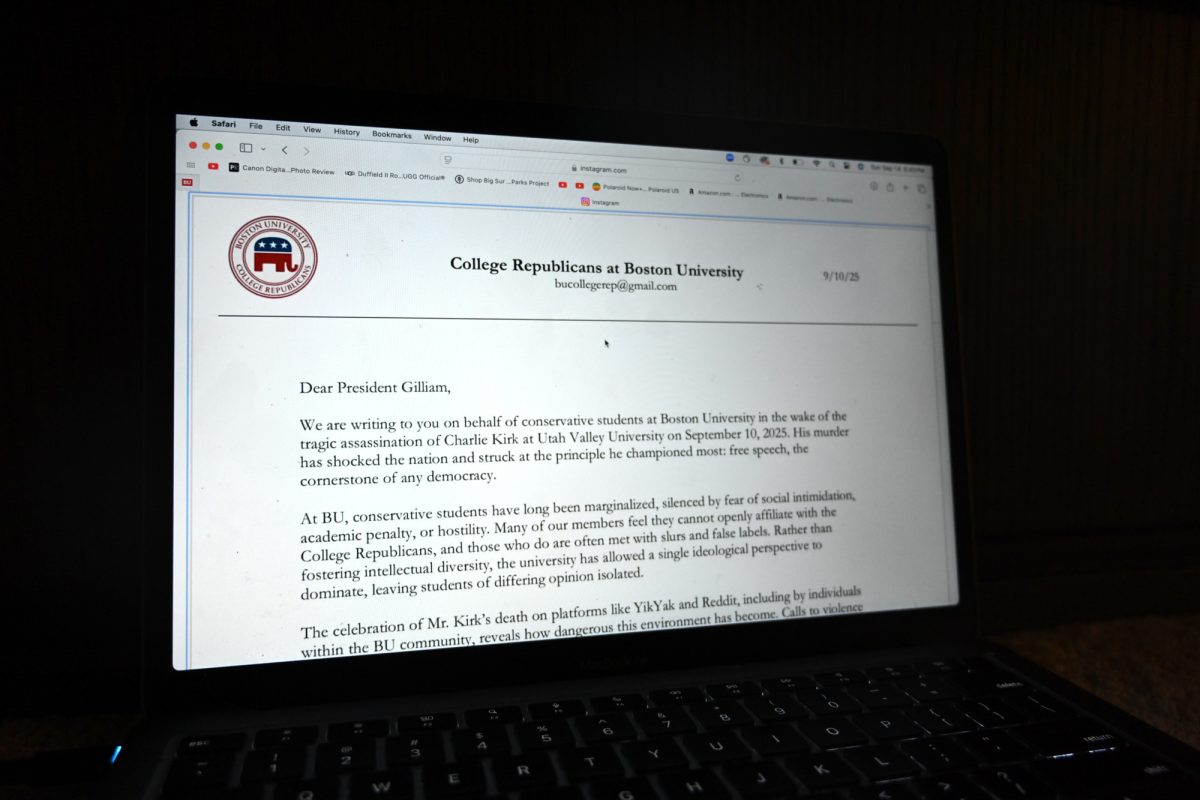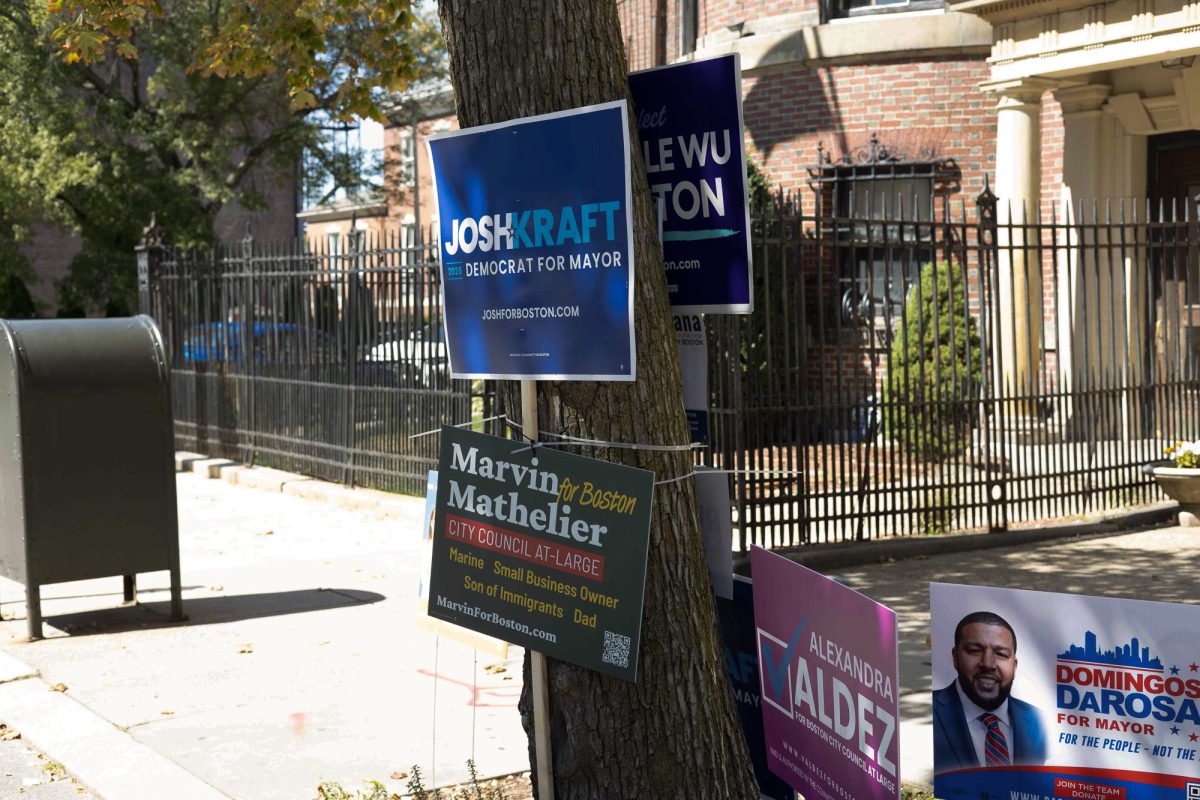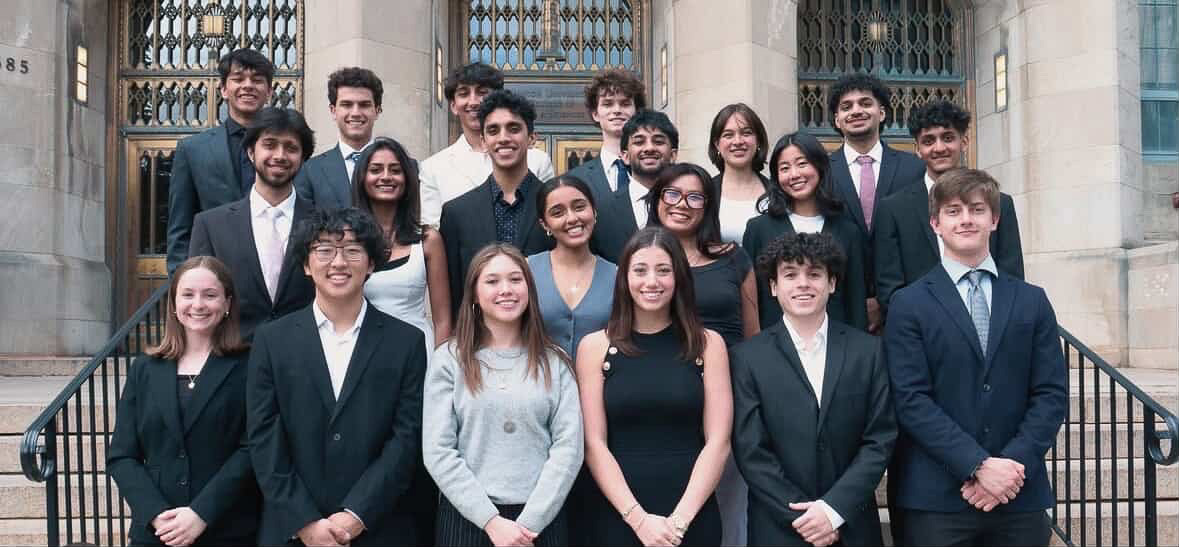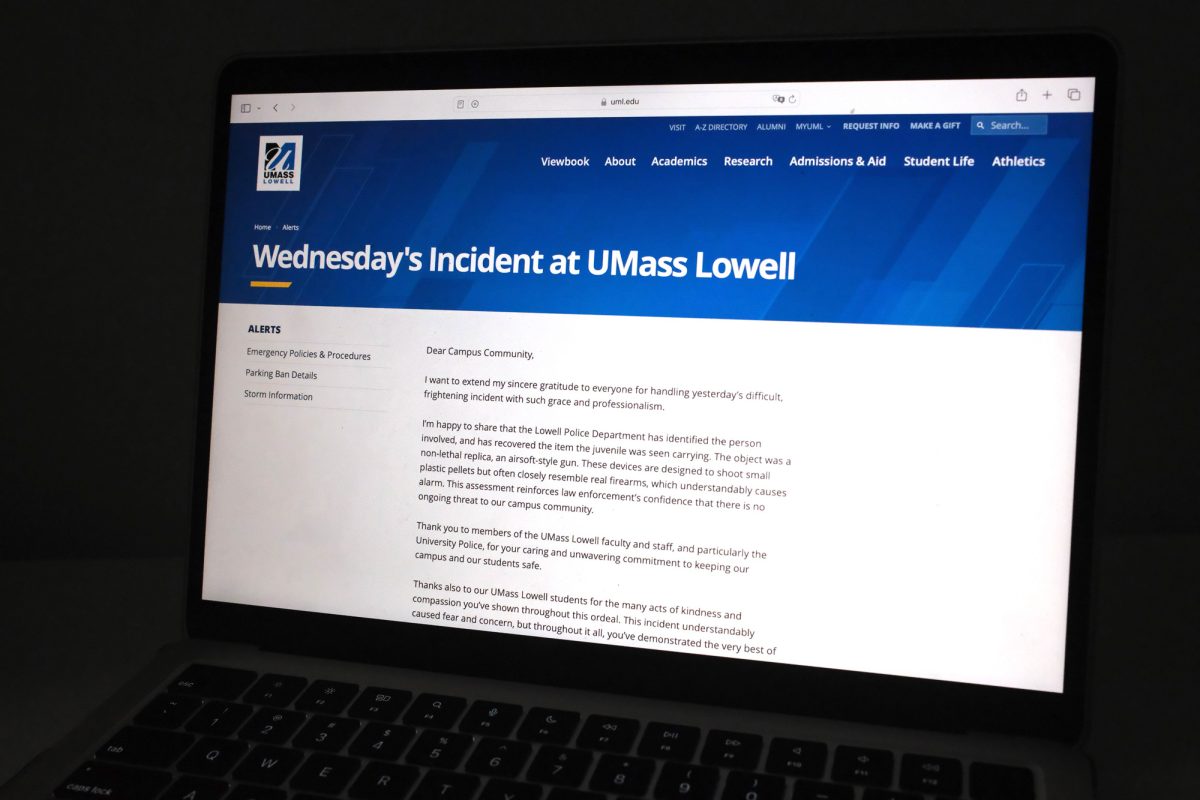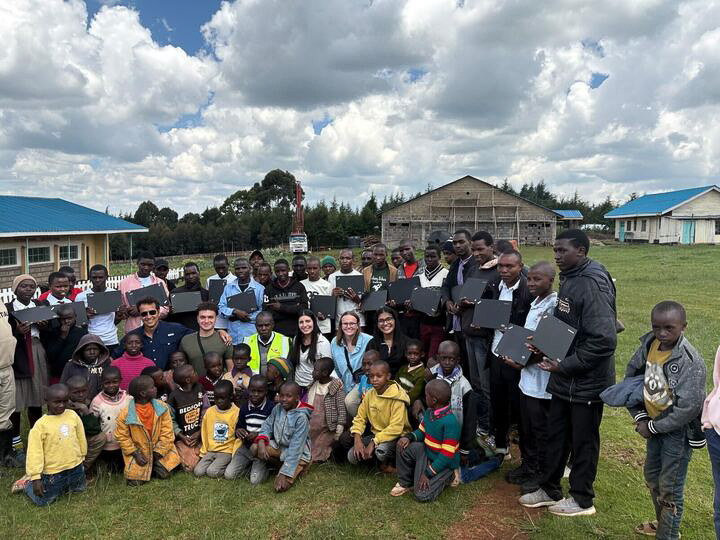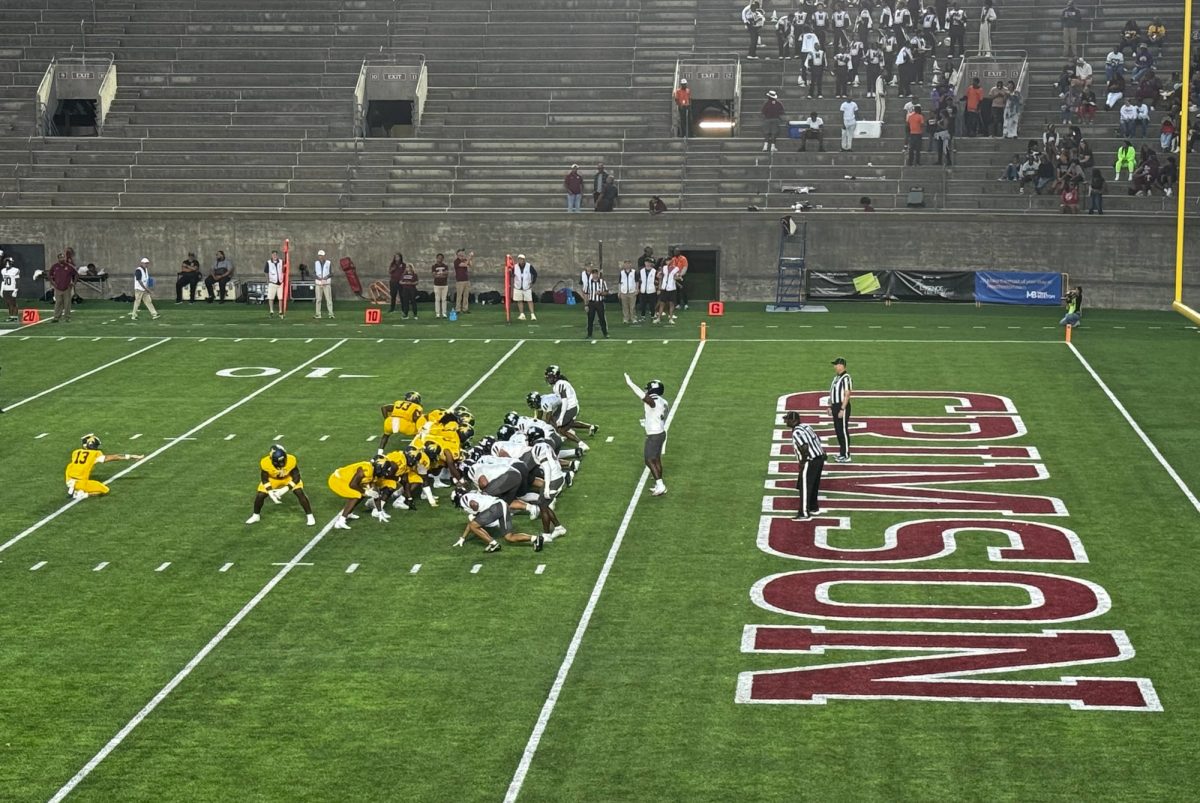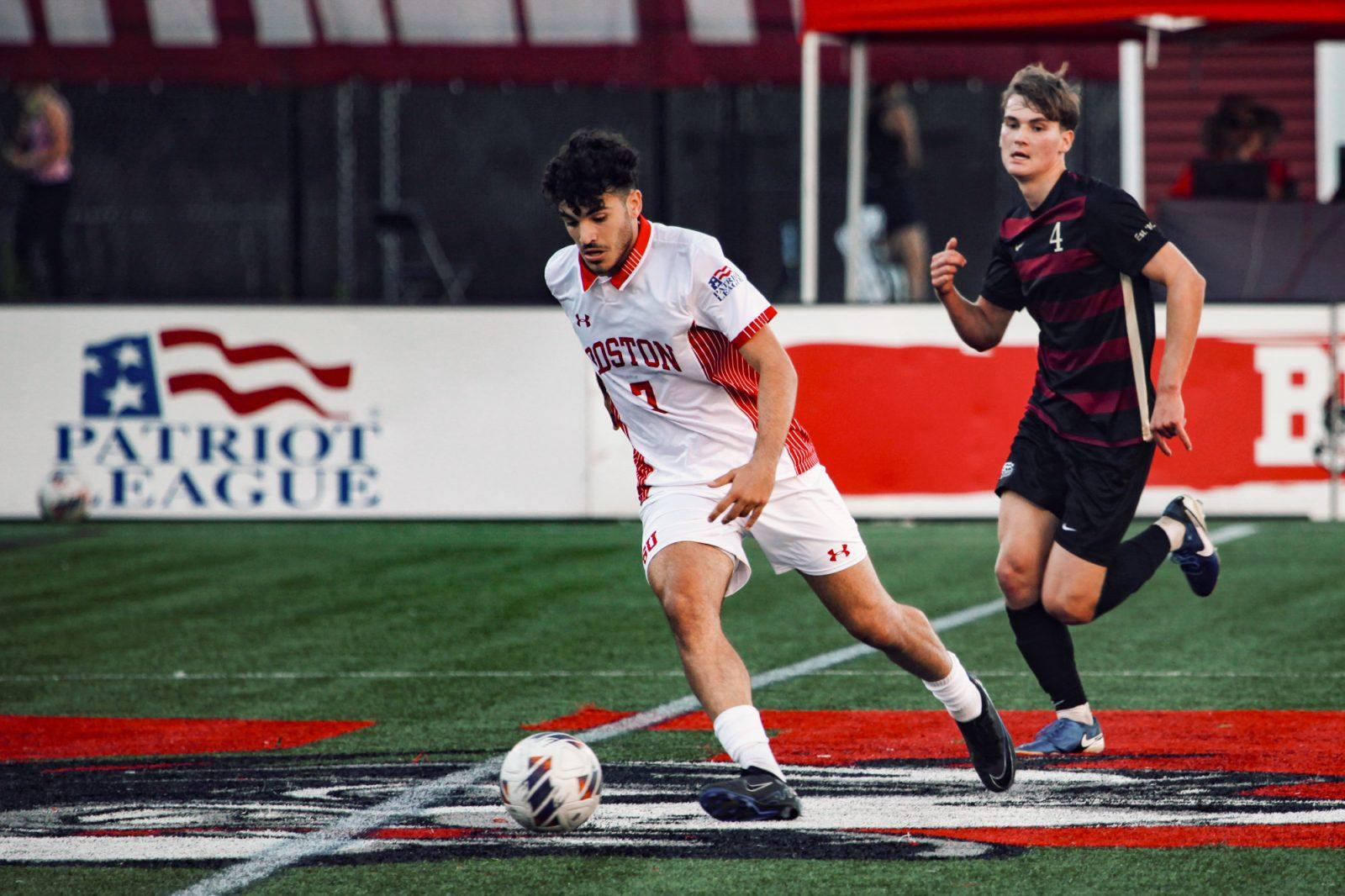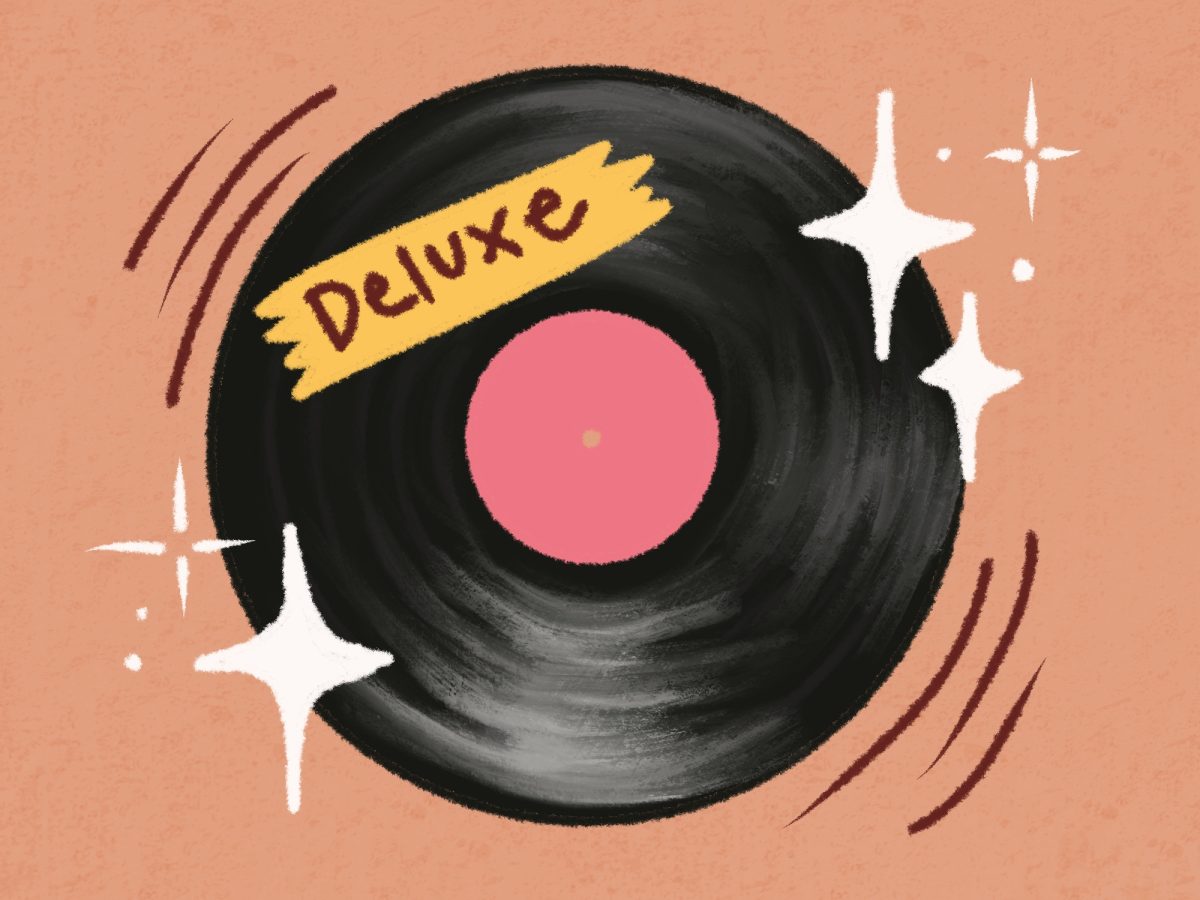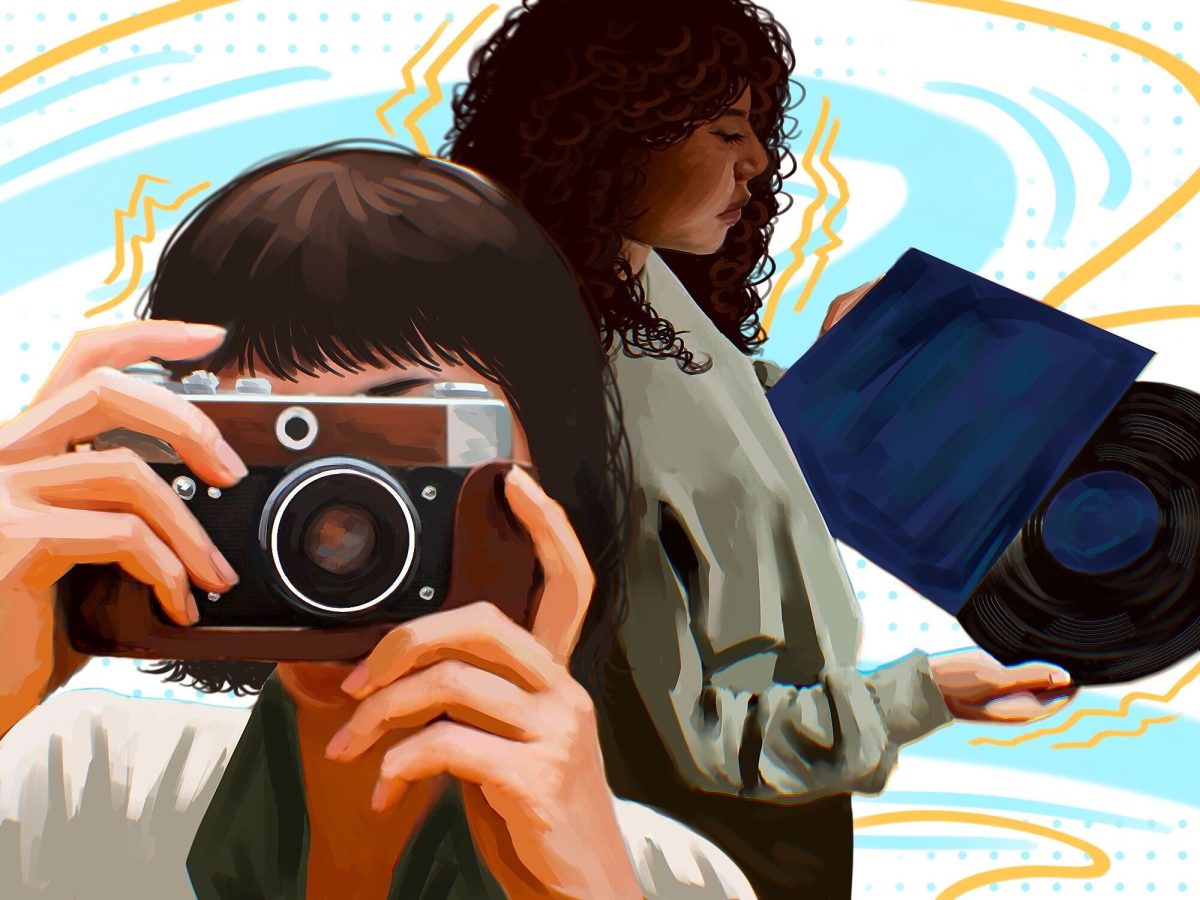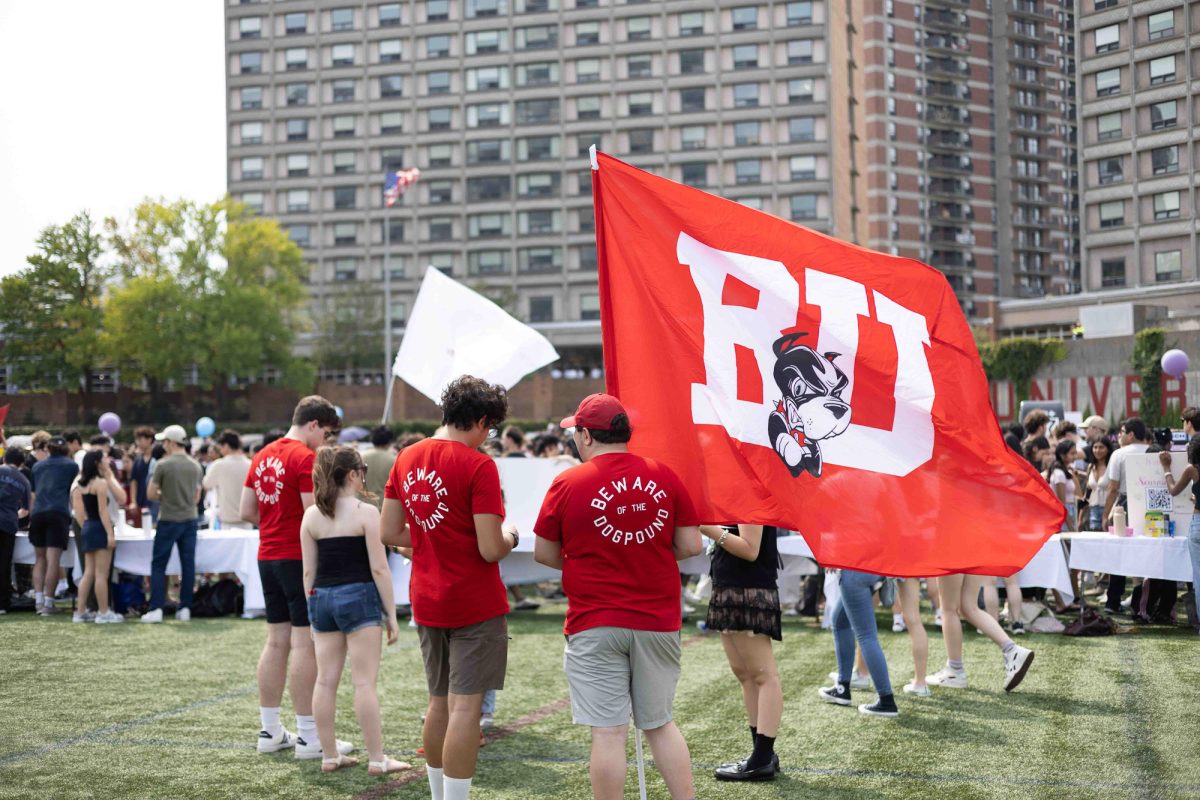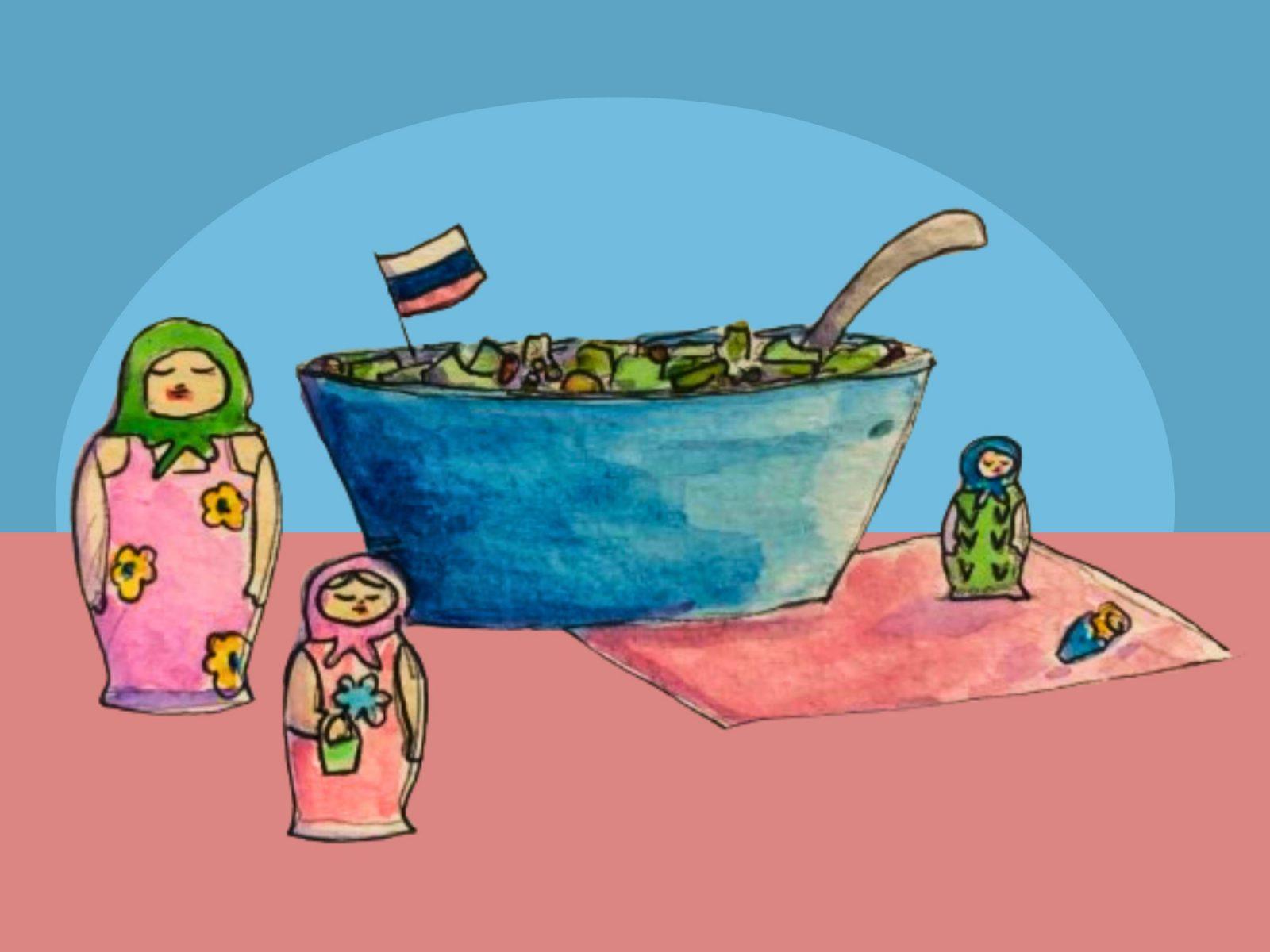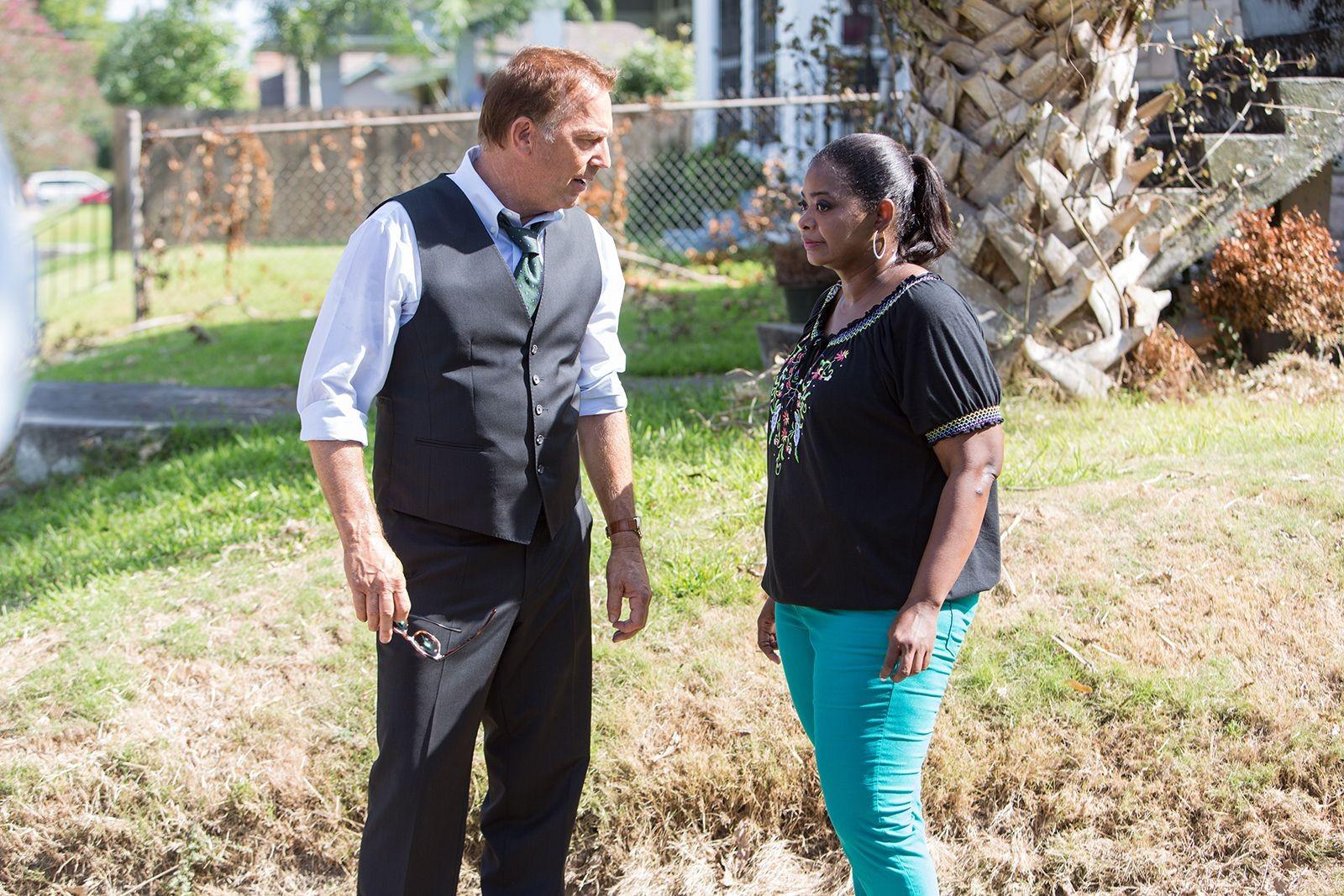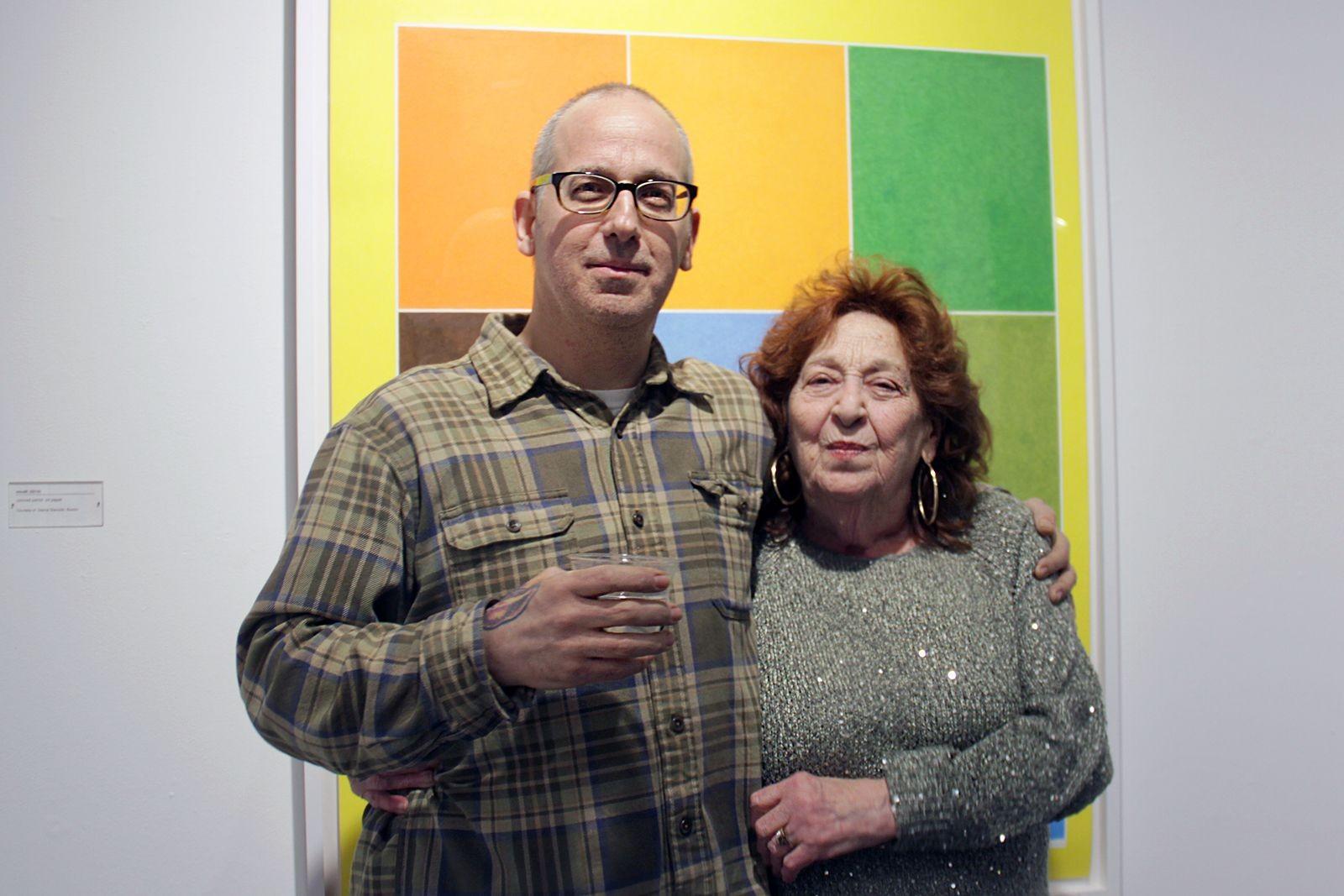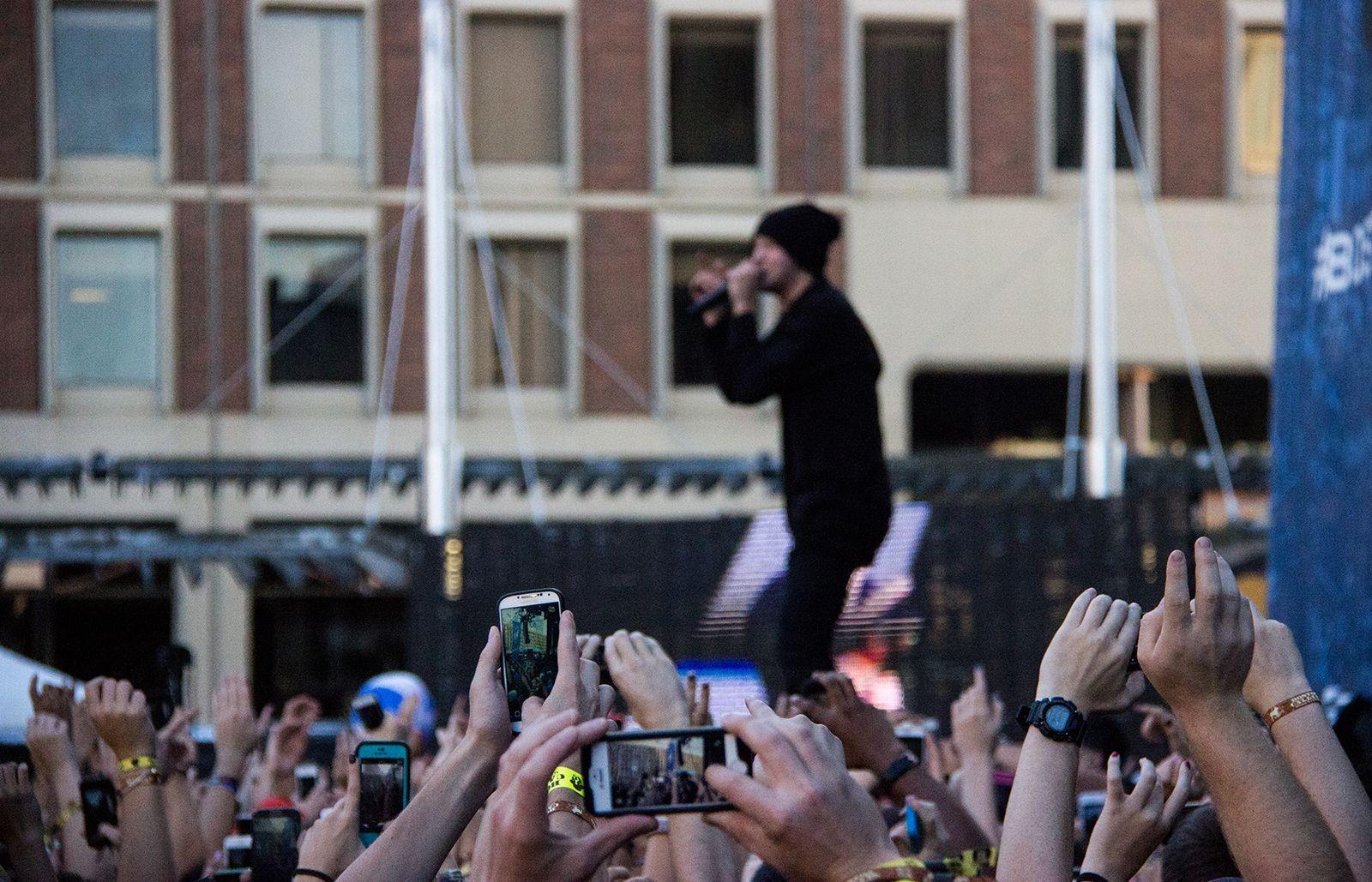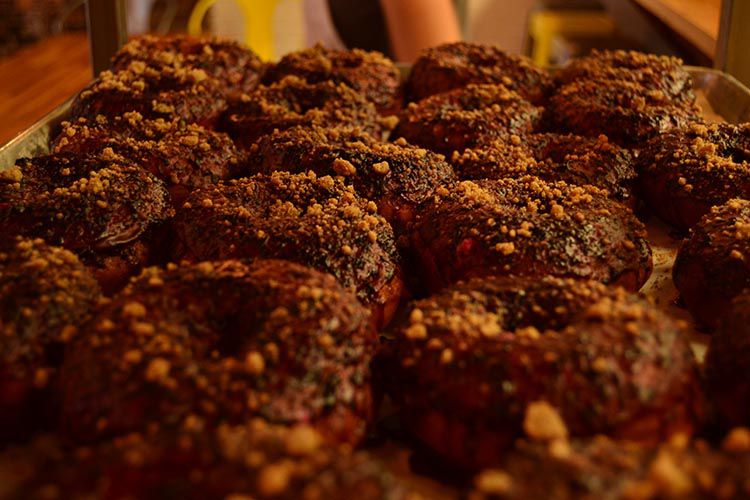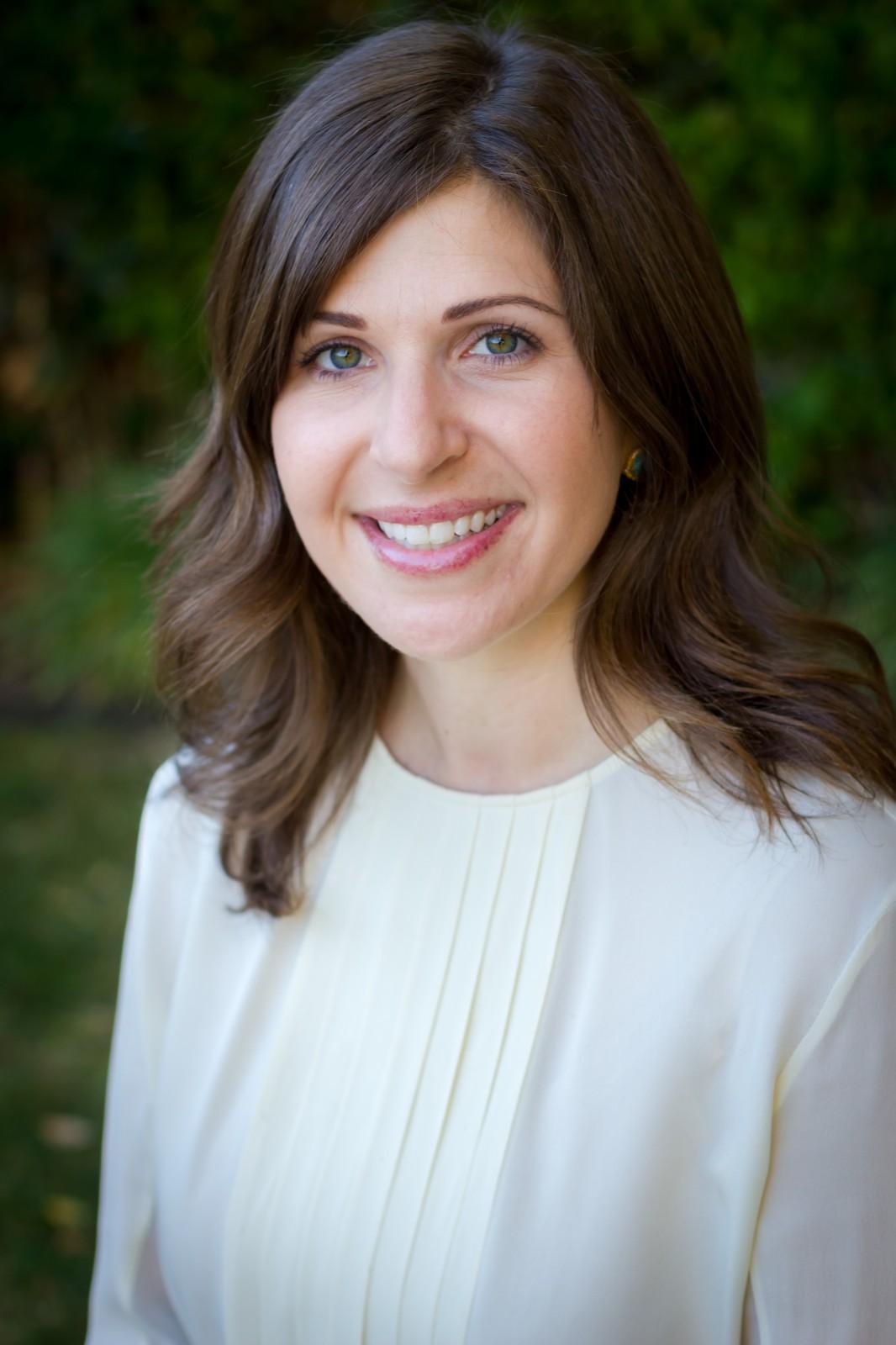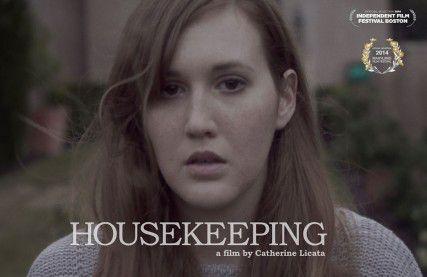While on the T heading to the North End for the Boston Beerathon, I asked a friend who was joining me, “How crowded do you think it will be?”
“It’s 3 in the afternoon,” he said.
Walking along Union Street only a few minutes later, however, felt strikingly similar to St. Patrick’s Day — minus the obscene cover charges.
Hordes of patrons had come out for the festival and were flooding in and out of the various bars more quickly than beer could flow from the taps.
There was live music, singing, dancing, thousands of “marathoners” drinking merrily and strangers becoming friends — everything there is to love about bar-hopping.
The Golden Fleece for many was to visit and have a drink at all 26 bars. Many people sported punch-card necklaces, indicating how many bars they had visited — the drinking aspect was apparently being left to the honor system.
Those I chatted with expressed their realization that they had no chance of completing this task. It got me thinking — which is harder to finish, the Boston Marathon or the Boston Beerathon? You may scoff at this notion, but when I really look at it critically, I have trouble saying definitively that the Marathon is harder than the Beerathon.
The Marathon is perhaps a nobler quest and more prestigious. Our mind is trained to think it is much more difficult because it involves running instead of drinking. But just because it is a more athletic feat, does that necessarily mean it’s more difficult?
There were 23,879 runners who completed the Boston Marathon in April out of the 26,895 people who entered the race. About 90 percent of the participants completed it. I did not run into a single person who had been to more than seven bars, let alone who had had a beer at each. I would be shocked if 5 percent of the Beerathon field completed the entire course.
Think about it. You have to physically enter 26 different bars, which are only open for a limited amount of time, in a single day. Do you even enter 26 different rooms on the average day?
Now factor in the giant lines, which grew throughout the day, to enter each individual establishment. Plus, you have to have at least one drink at each spot. So, there are still enormous lines to deal with once you are inside the bar.
There’s a mile and a half to cover between locations in addition to all the waiting time. Let’s also not forget that it gets much harder to navigate as the day progresses. You cannot waste any time. You cannot get stuck in one place for too long. It is not as easy as it seems.
The Purple Shamrock had a charming old Irishman singing and playing Irish drinking songs on his guitar. I couldn’t leave for hours. What if you hit it off with some friendly folks at the bar? What if that handsome guy, or pretty gal starts chatting you up? What if someone offers you a free round? Are you going to just leave and go to the next bar?
We haven’t even talked about the literal act of consuming 26 beers. First of all, that’s 312 fluid ounces … in your stomach. Heck, drinking 312 fluid ounces of water is tough to do.
There is another major obstacle in addition to just fitting that much liquid in your body — extreme drunkenness. Marathoners have to deal with fatigue, cramps and dehydration. Beerathoners have to deal with losing their keys, forgetting how to spell and spinning rooms.
Which side effects are worse? It’s difficult to say.
Let’s not belittle the financial commitment you have to make. The average beer at the Beerathon cost about $5. Even if you drank just one beer at each bar on the course, you would be spending $130. Plus, factor in all the overpriced food you would have to order to satisfy your extreme drunken hunger-levels.
Courage, perseverance and stamina are vital if you have any chance of completing the 26 bar course. But if you are just looking to have a wonderful time, meet some new people and experience everything that is great about Boston’s pub scene, you cannot go wrong with the Beerathon. Wander around the North End and stumble in and out of as many old, brick pubs as you can handle.

